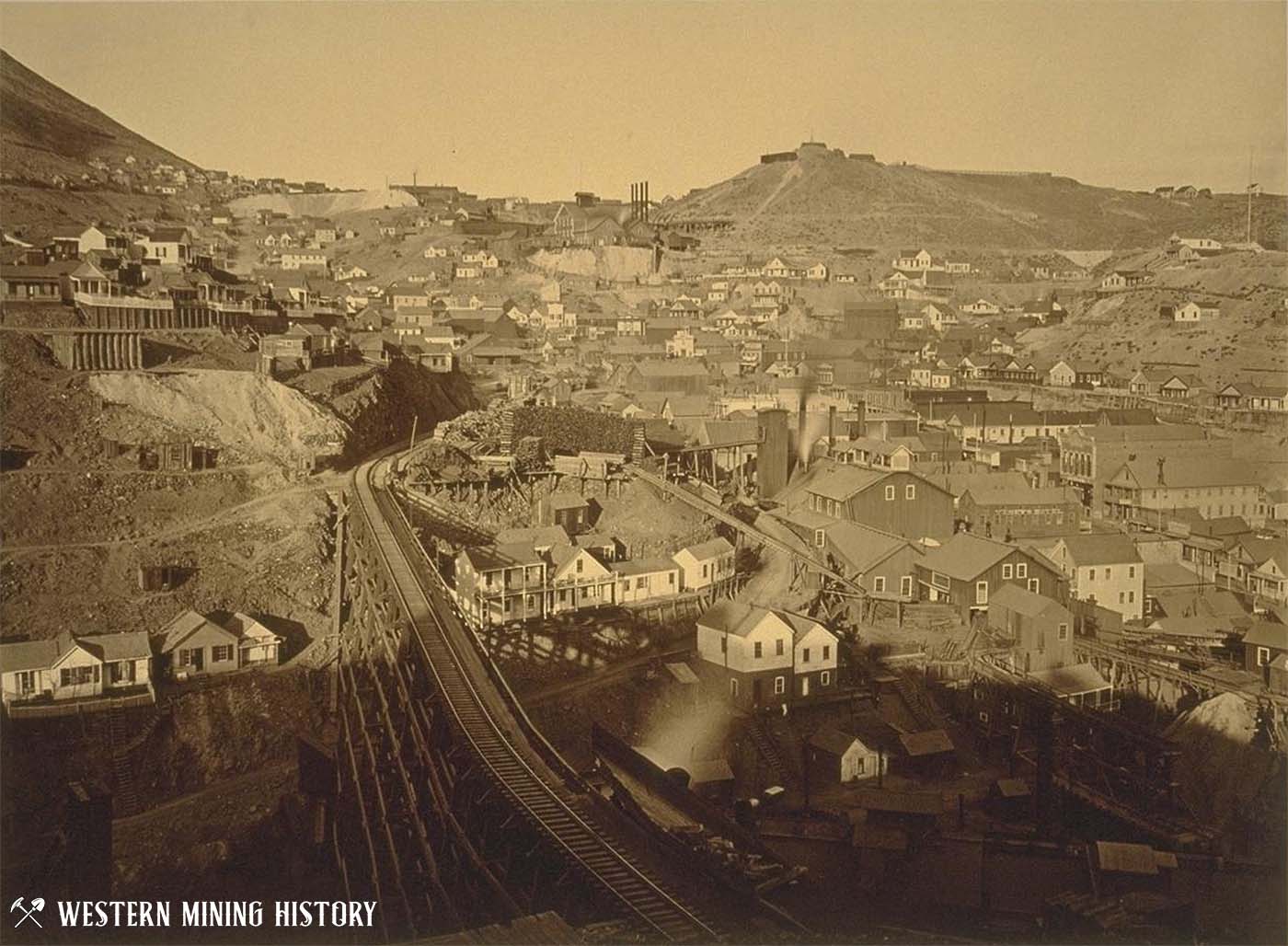Gold Hill History
Gold Hill was the site of the first discovery of the rich silver and gold ore that would become known as the Comstock Lode – one of the world's richest ore deposits. Gold Hill was the first town on the lode, with Virginia City being settled shortly after about a mile and a half up the canyon.
The earliest inhabitants of Gold Hill lived in canvas tents or dugouts they excavated out of the hillsides. Early businesses, most of them saloons and primitive boarding houses that called themselves "hotels", were also operated out of canvas tents. Author J. Ross Browne visited gold hill in 1860 and described the scene there:
At Gold Hill, two miles beyond the [Devils] Gate, the excitement was quite pitiable to behold. Those who were not at work, burrowing holes into the mountain, were gathered in gangs around the whisky saloons, pouring liquid fire down their throats and swearing all the time in a manner so utterly reckless as to satisfy me they had long since bid farewell to hope.
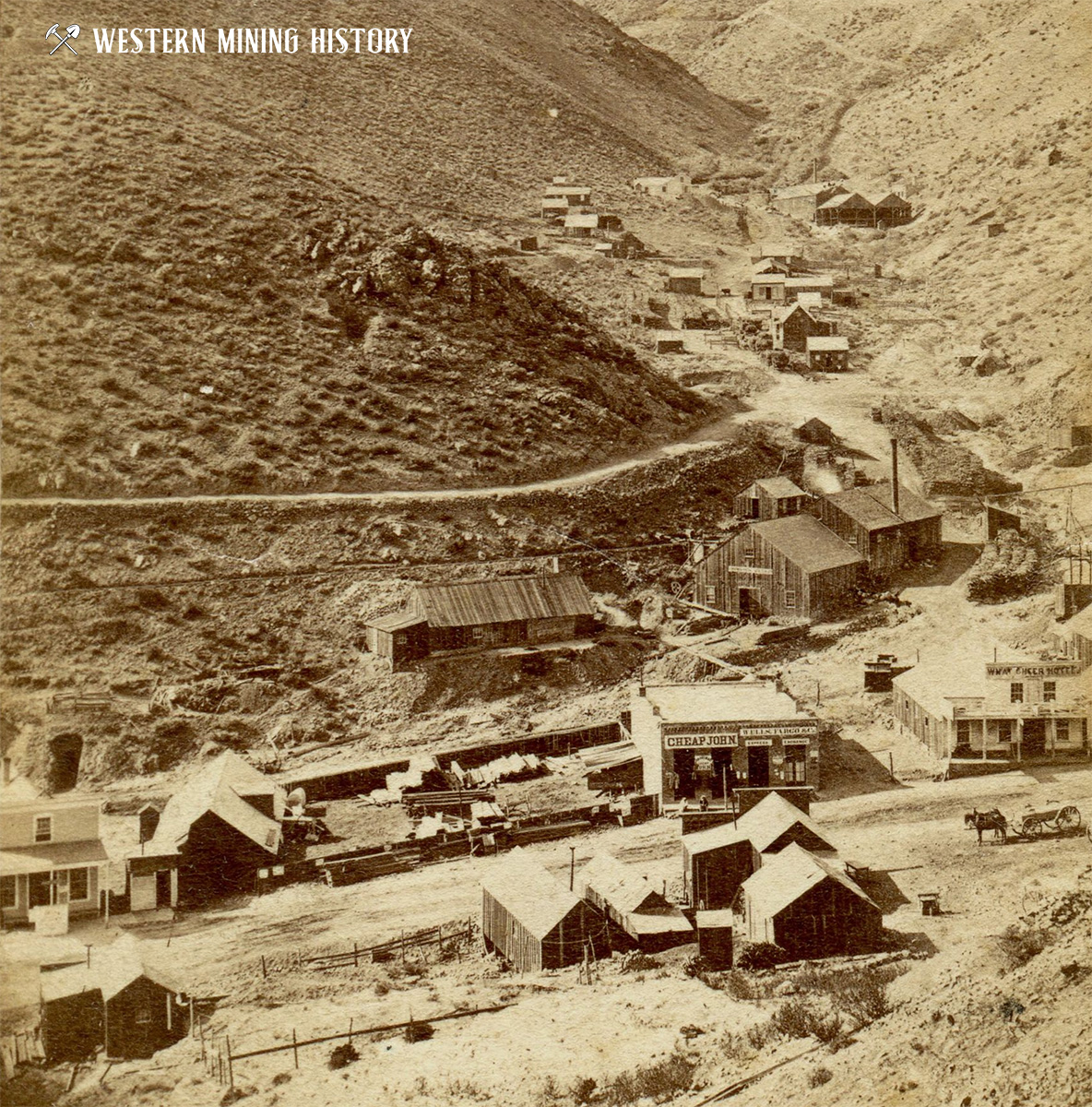
Buildings constructed of wood quickly replaced the canvas tents and by 1862 the settlement was starting to look like a permanent town. A post office was established that year.
The original claims on "Little Gold Hill", which included the Bowers, Plato, Consolidated, Empire, and Imperial mines, produced around $12,000,000 by 1866 – an astronomical sum during the 1860s. All the mines of "Little Gold Hill" were consolidated as the Consolidated Imperial in 1876.
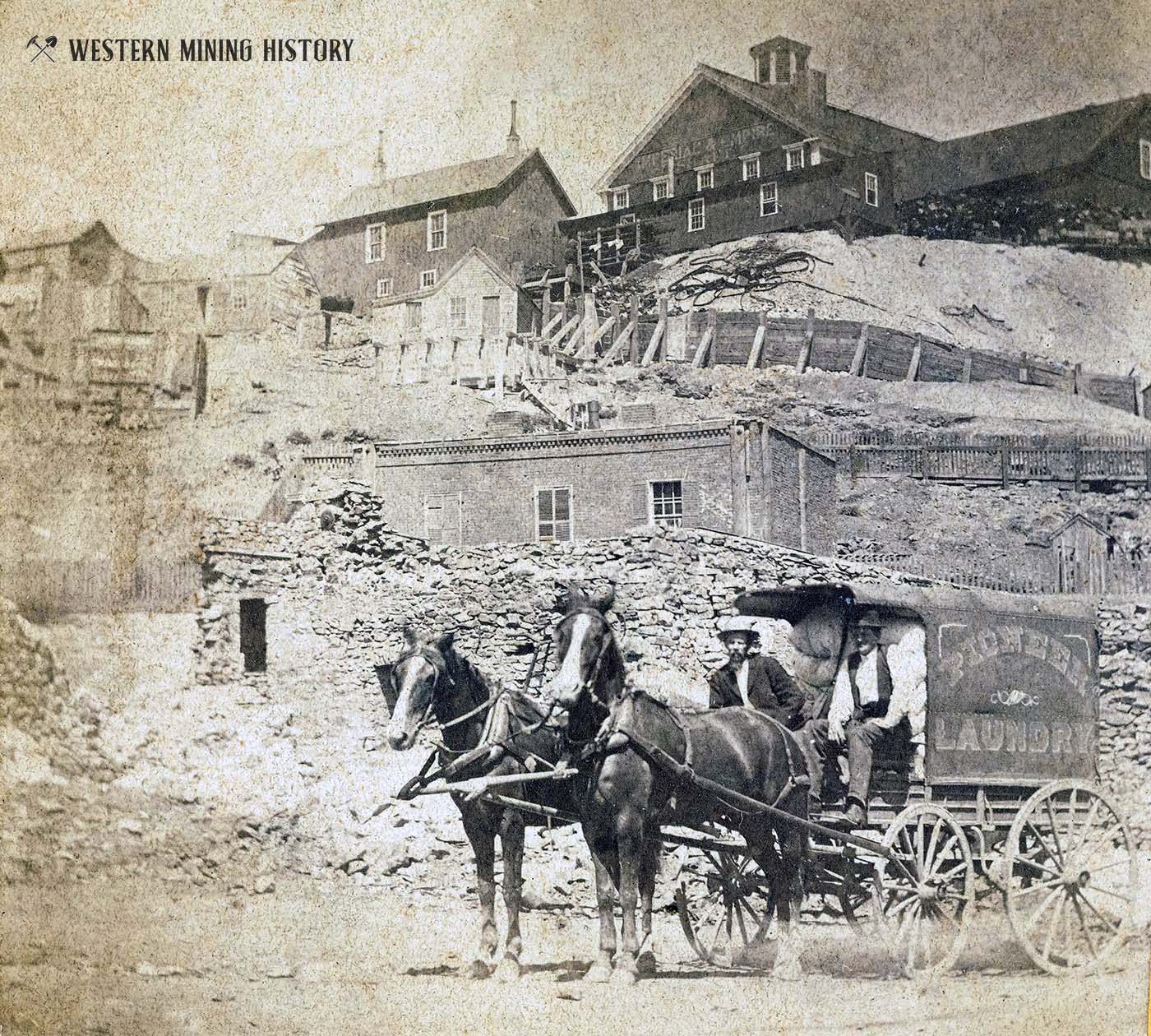
Although Gold Hill was eclipsed by Virginia City, it still became a significant city of around 8,000 people by 1877. Historical photos depict Gold Hill as a dense city built right among the mines. A July 5th, 1870 fire burned many buildings but they were quickly rebuilt.
Mines like the Yellow Jacket, Crown Point, and Belcher came to prominence in the 1870s and brought in over $10 million each in dividends.
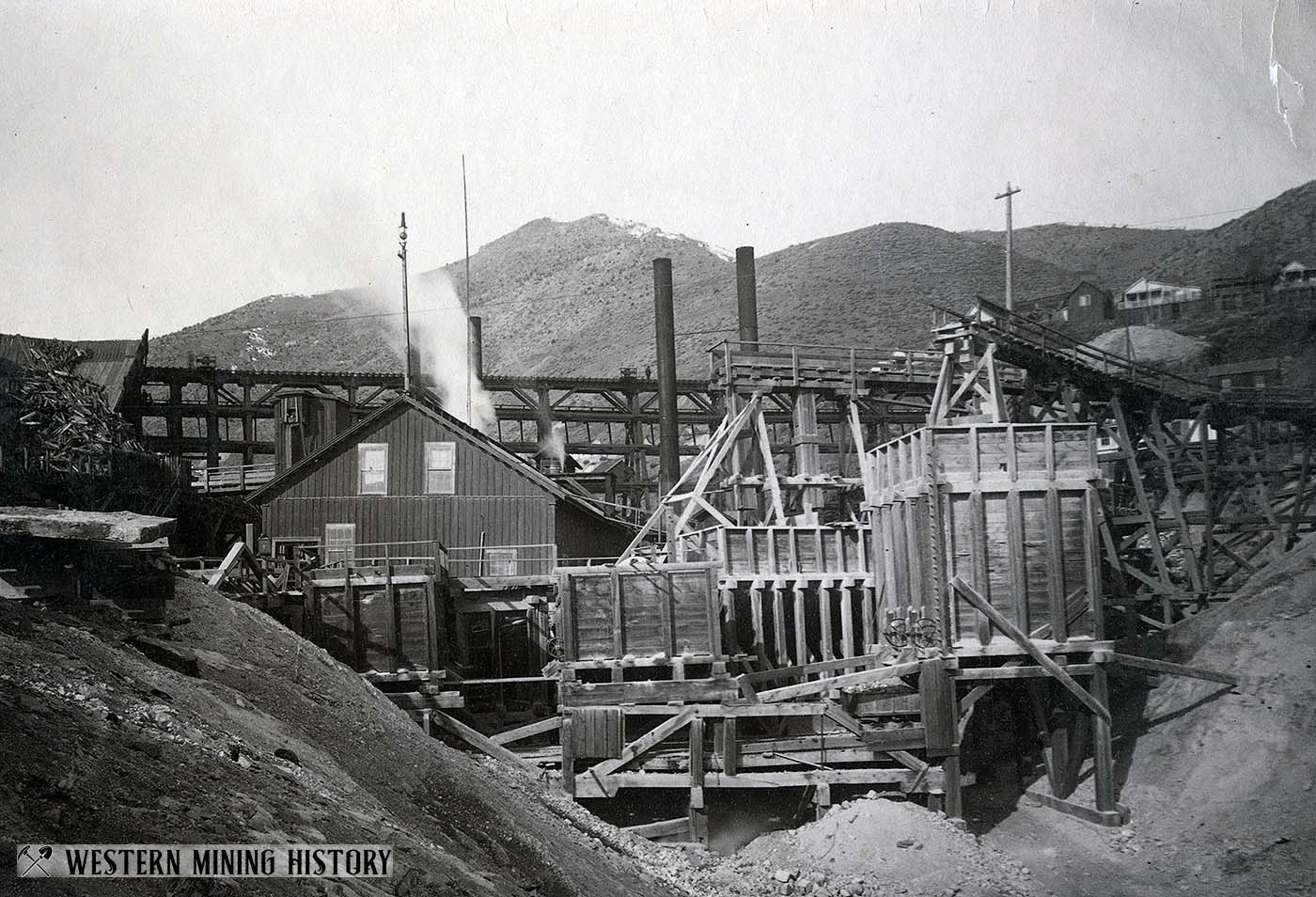
Gold Hill's prosperity lasted almost two decades – from the early 1860s until the late 1870s. Considered the working class city compared to the opulent and prosperous Virginia City, Gold Hill was the industrial center of the Comstock Lode. Both cities grew to the point that they essentially merged at a point known as "The Divide".
On April 7, 1869, a fire broke out in the 800-foot level in the Yellow Jacket Mine. The fire quickly spread, filling the neighboring works of the Crown Point and Kentuck mines with smoke and poisonous gases.
The disaster claimed the lives of thirty-five miners, and sections of the mine had to be sealed indefinitely to starve the flames of oxygen. Eliot Lord wrote a fascinating account of the attempt to fight the fire and save the lives of miners in the 1895 article The Greatest Fire in a Mine.
In 1863 the Gold Hill Daily News was established by Philip Lynch and his stepson John H. Mundall, former publishers of the Placer Courier in Forest Hill, California. The paper covered mines and communities of the Comstock Lode during the peak years of the 1860s and 1870s, and was famous as one of the best newspapers on the Pacific coast.
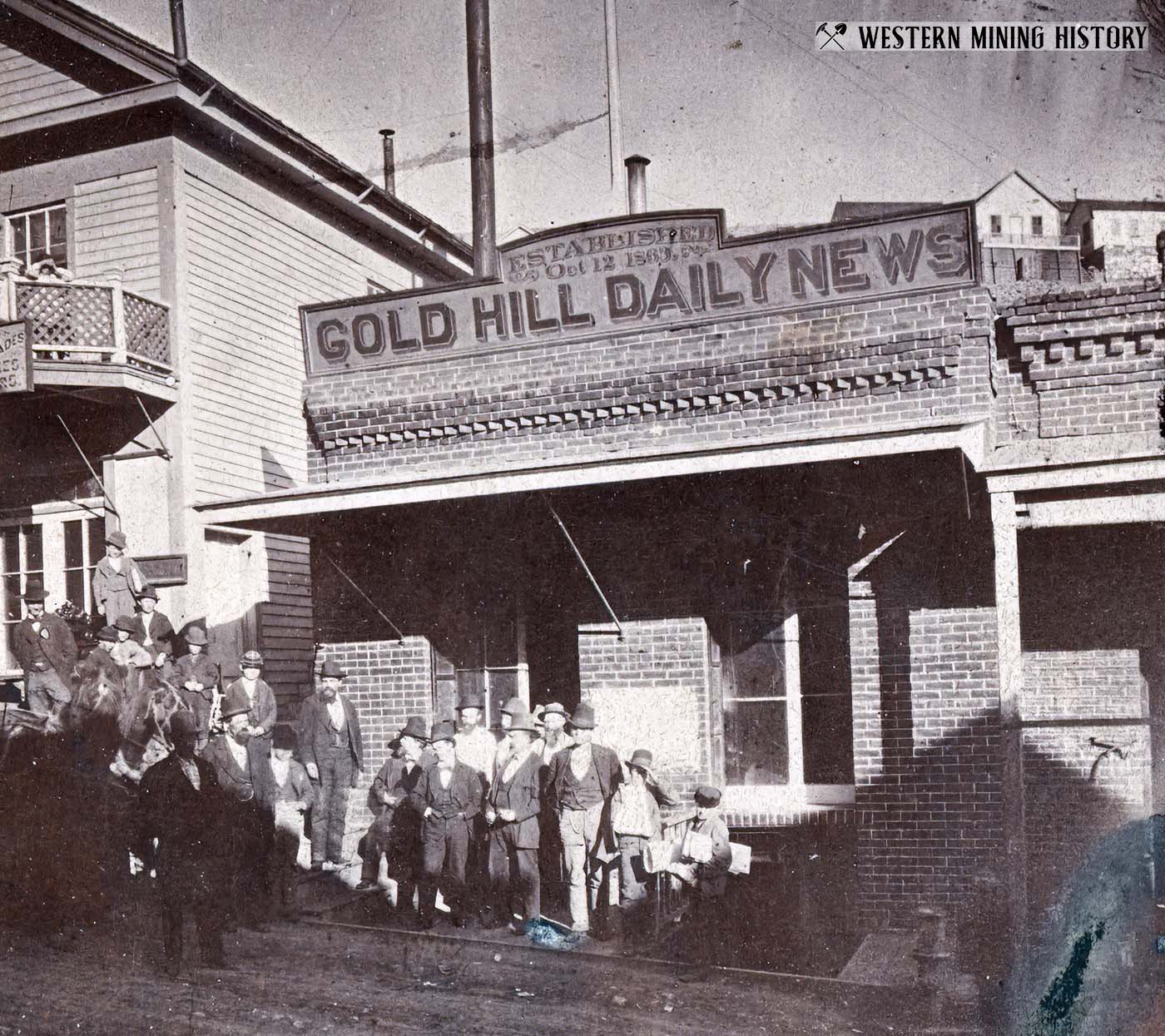
On April 8, 1882, the Gold Hill Daily News printed its last issue, which included this statement at the head of the editorial column:
Owing to the great depression in business interests of this town, the stagnation of mining industries in the district and unfavorable prospects for the near future, the News Publishing Company has decided to suspend further publication of the Gold Hill Daily News until July next.
However, the paper did not resume operations in July and would never print another edition. The loss of the Gold Hill Daily News was a blow to a community that was in steep decline as the "Big Bonanza" years of the Comstock Lode were at an end.
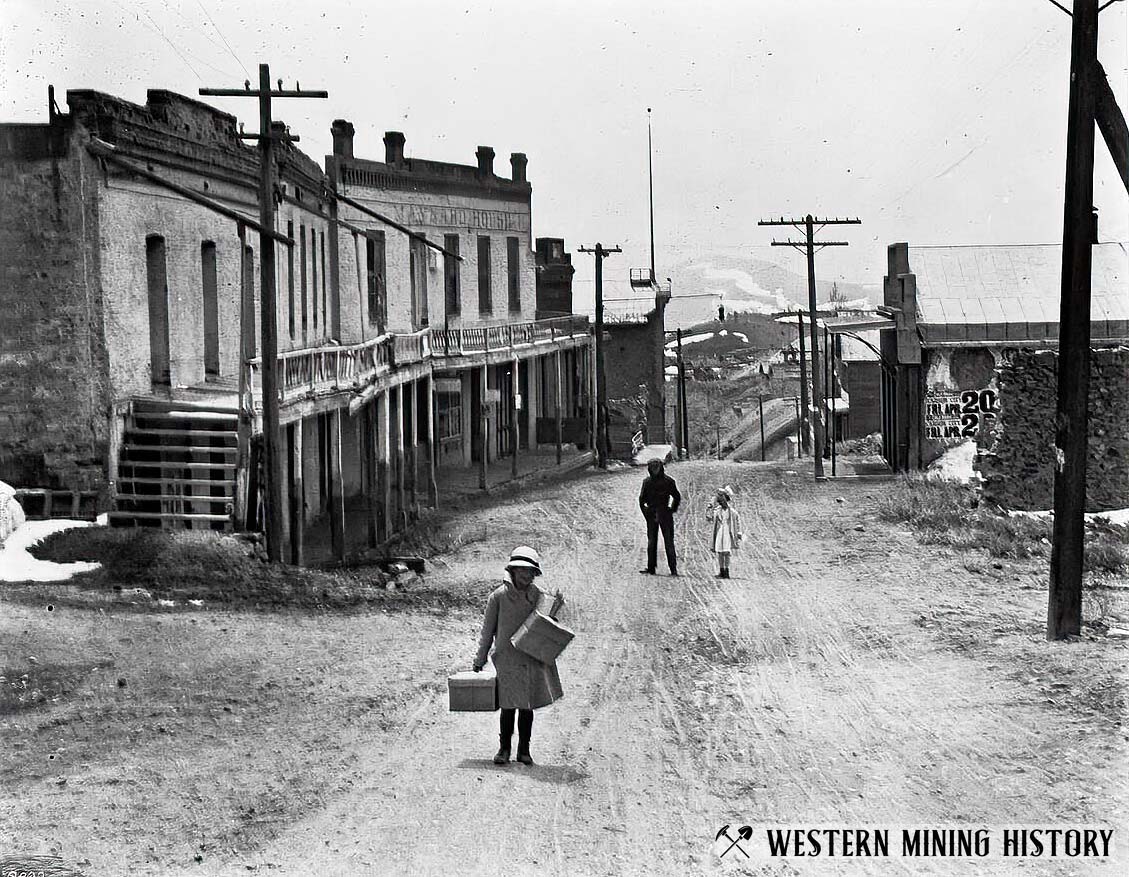
Gold Hill declined along with the mines of the district. By the 1890s the great prosperity of the Comstock was largely over. Mining continued at various levels until World War II, so Gold Hill was never completely abandoned. The Gold Hill post office remained in operation until 1943.
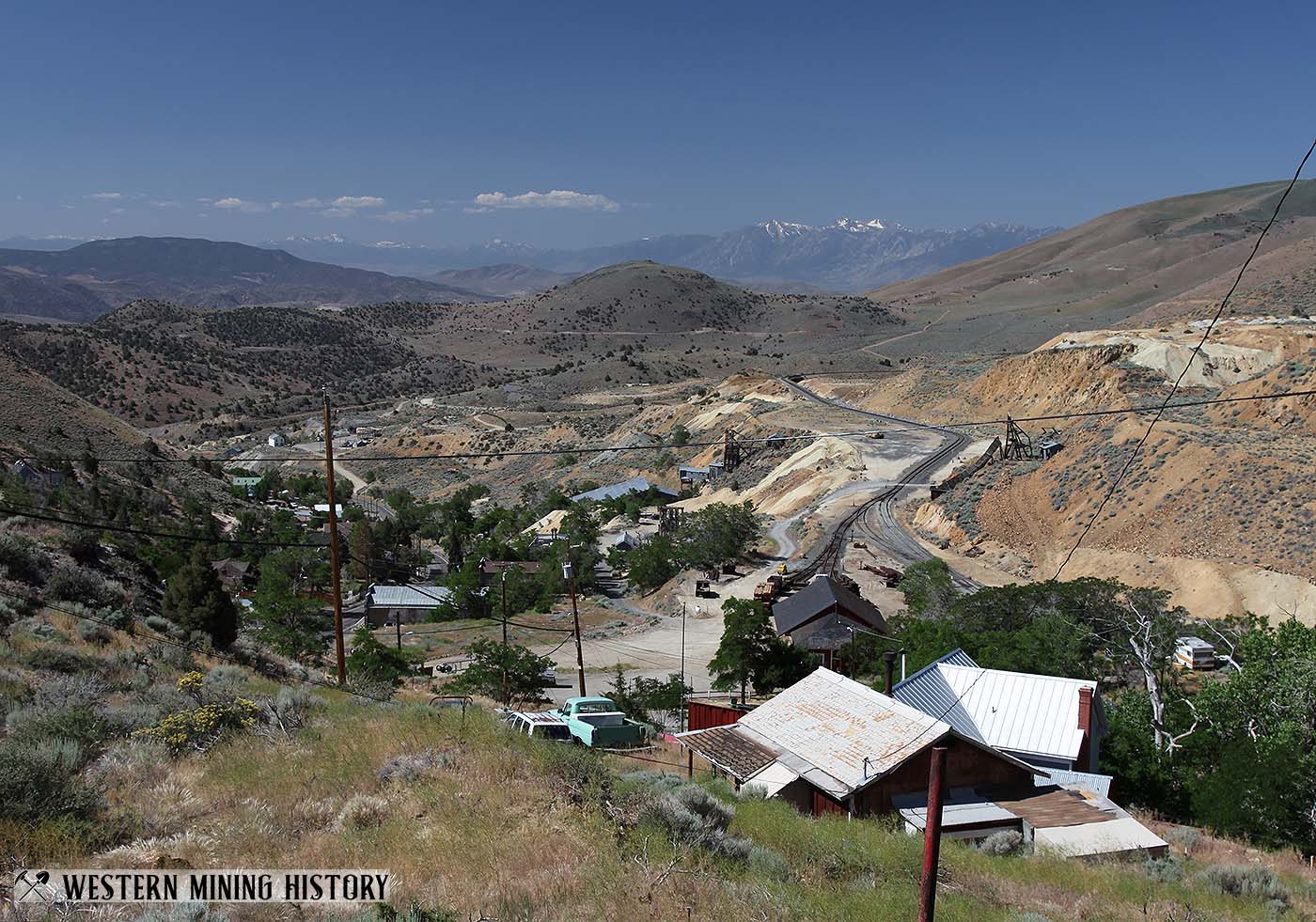
Today Gold Hill exists as a shell of its former self with population of around 190 people. Historical remnants of the town can still be seen, including the Gold Hill Hotel, promoted as Nevada's oldest hotel, the former Bank of California building, the train depot, and remains of several of the mines.
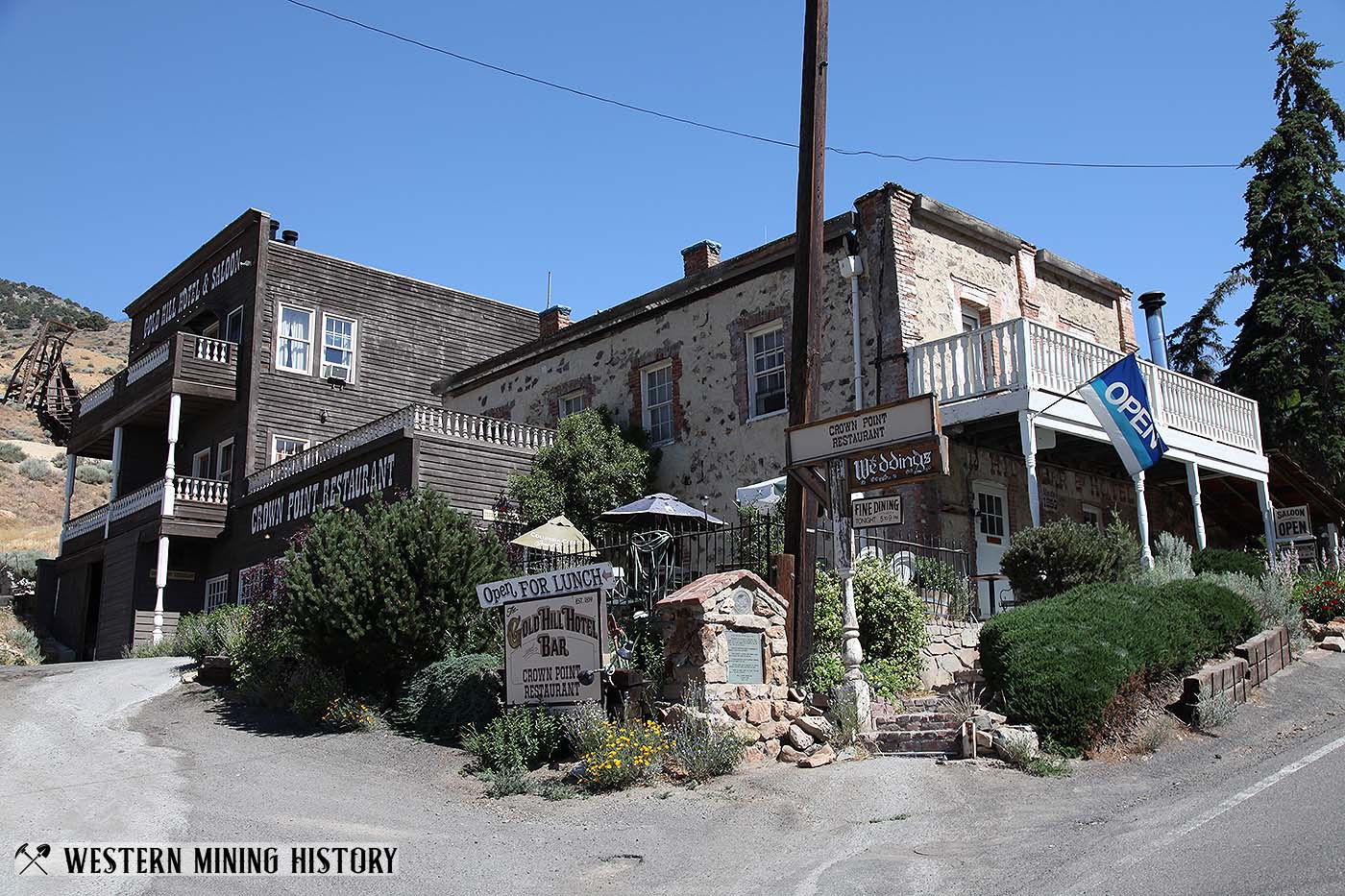
A historical marker on the Gold Hill Hotel gives a brief history of the building:
First hotel on the Comstock built 1859. Early transient shelter was taken in dugouts and tents. Some of these were called hotels. Boarding and rooming houses sprang up with population. This is the first edifice known to Nevada to be worthy the name of hotel.
The Comstock Lode: Nevada's "Big Bonanza"
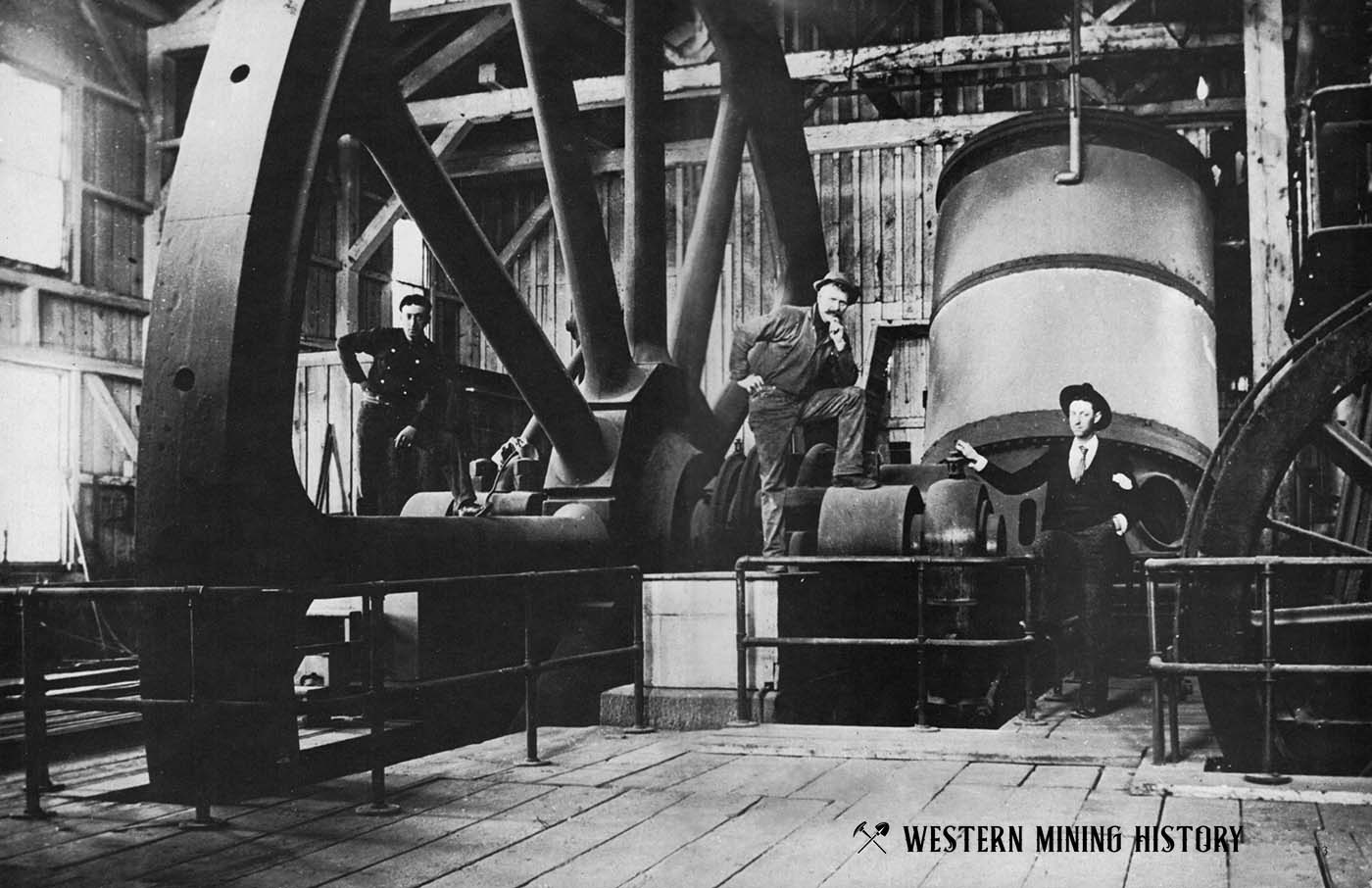
Numerous additional photos can be viewed at The Comstock Lode: Nevada's "Big Bonanza".
Mill Locations of the Comstock Lode
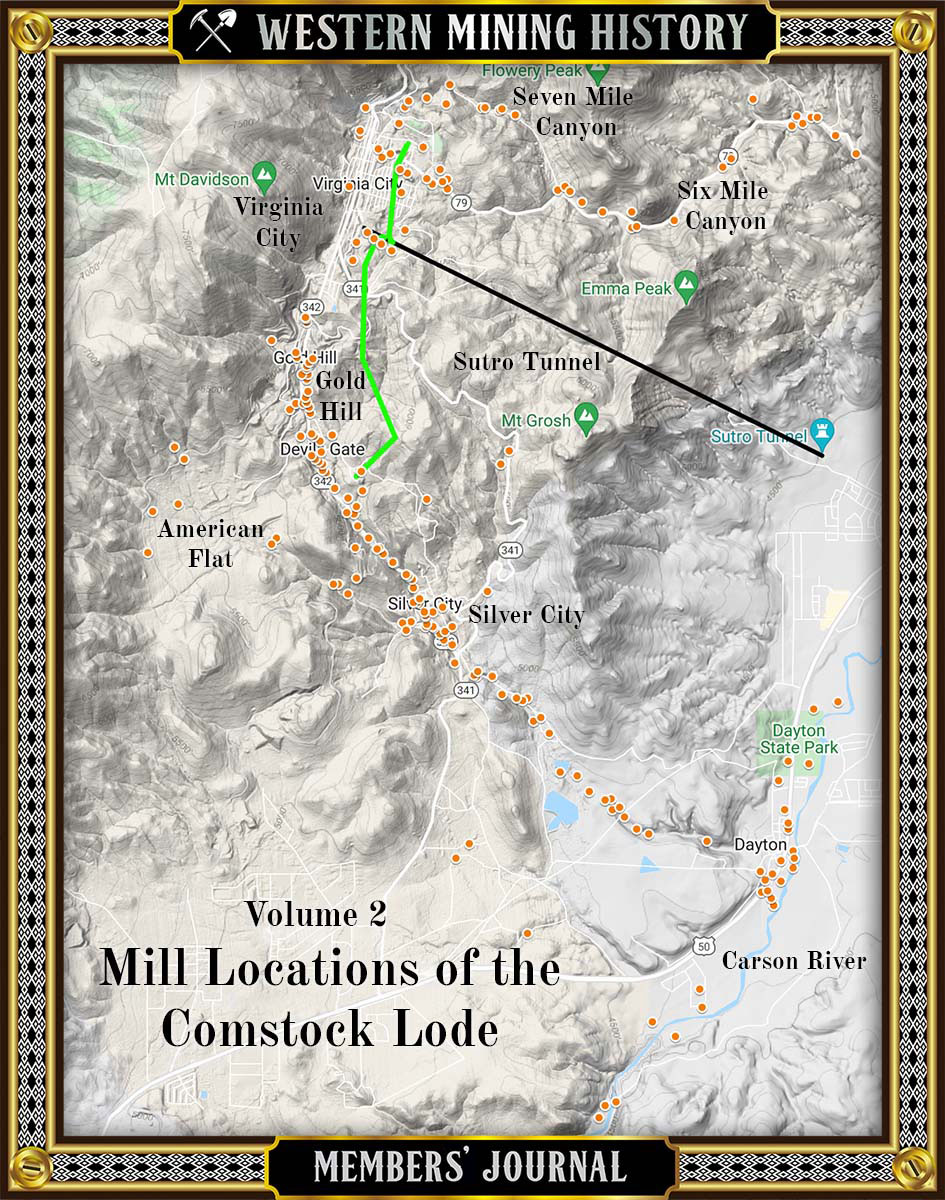
The WMH Member's Journal Volume 2 - Mill Locations of the Comstock Lode takes a look at the distribution of over 200 historical mill sites from the peak years of the great Comstock mining era.
Nevada Mining Photos
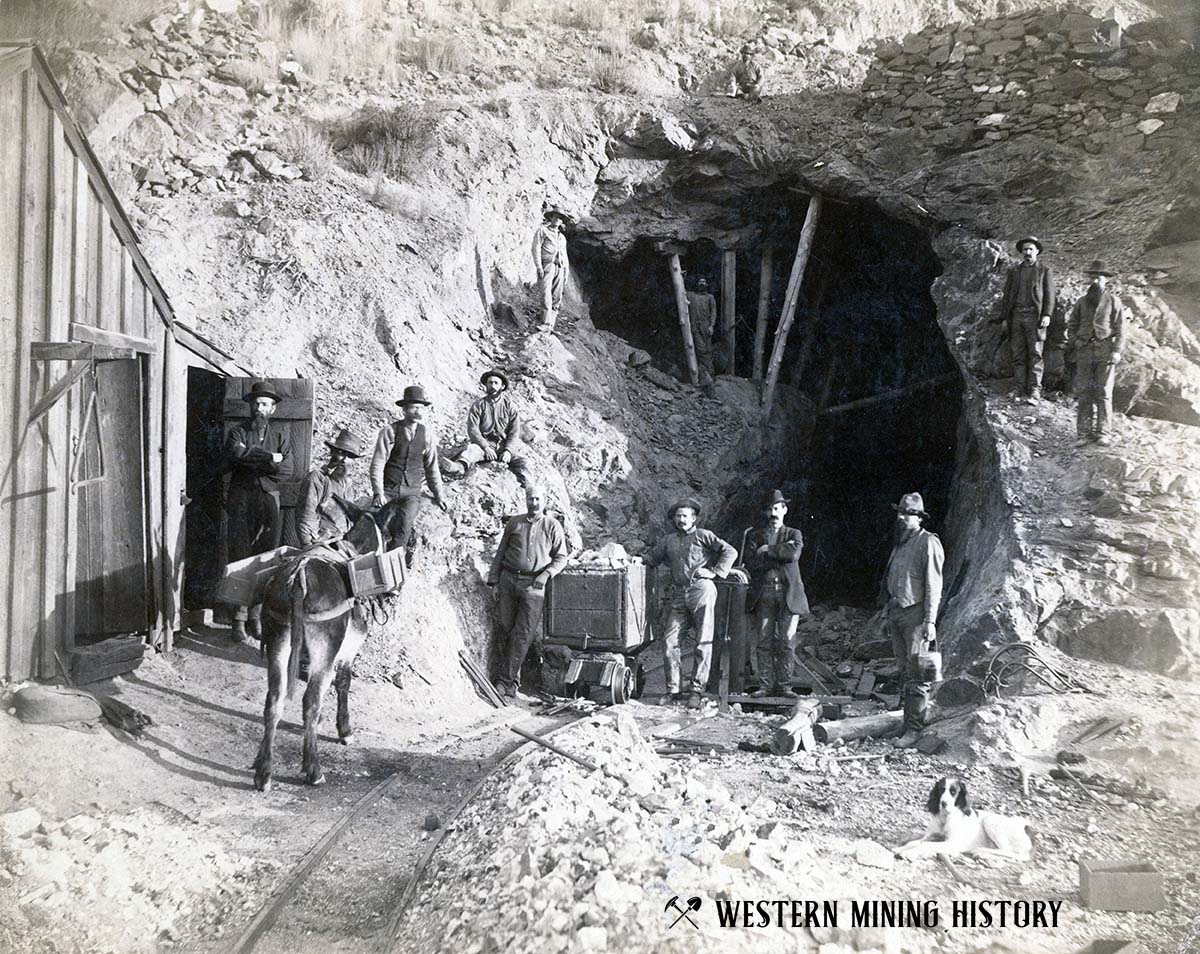
A Collection of Nevada Mining Photos contains numerous examples of Nevada's best historic mining scenes.
Nevada Gold

Nevada has a total of 368 distinct gold districts. Of the of those, just 36 are major producers with production and/or reserves of over 1,000,000 ounces, 49 have production and/or reserves of over 100,000 ounces, with the rest having less than 100,000 ounces. Read more: Gold Districts of Nevada.
